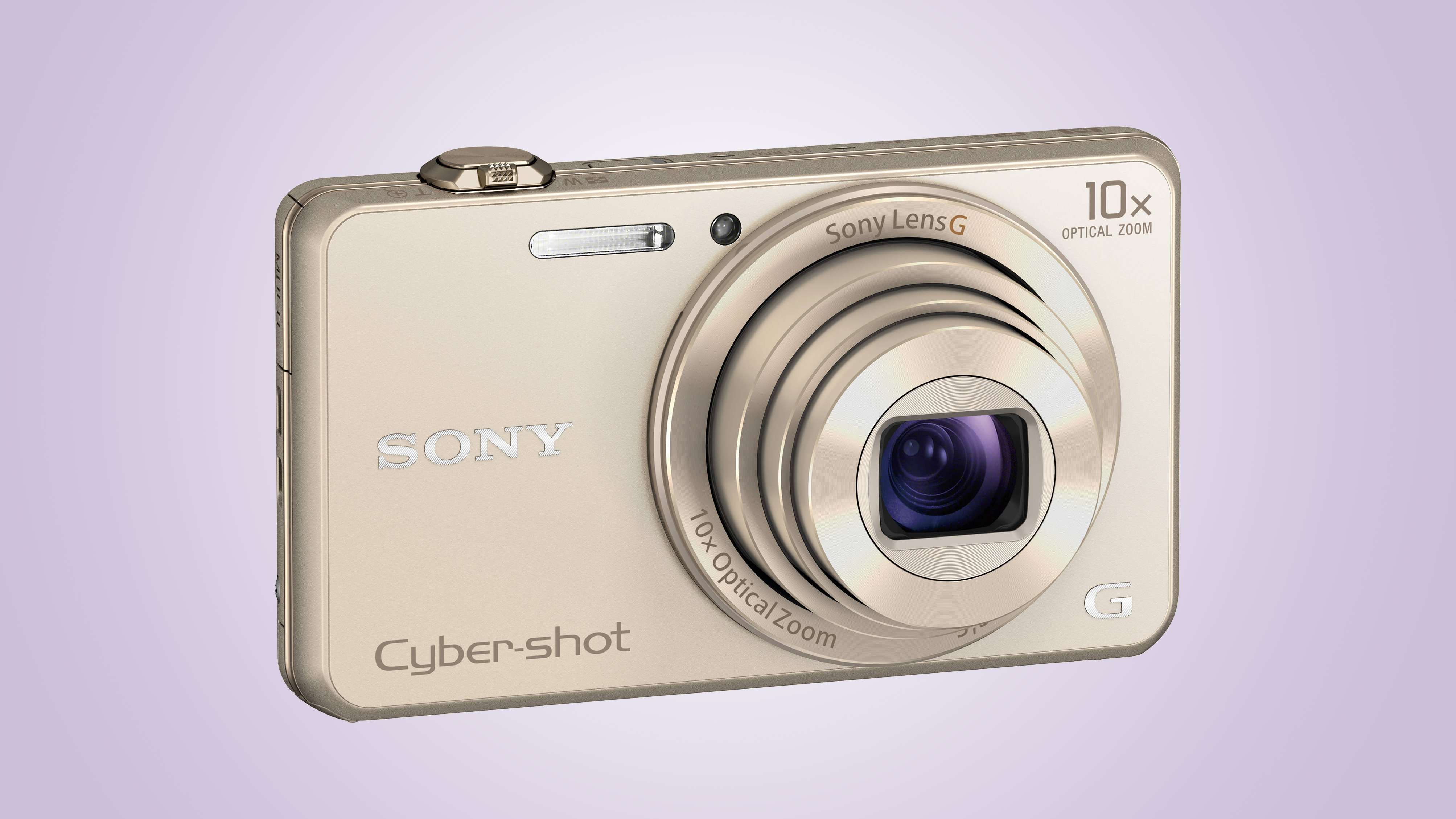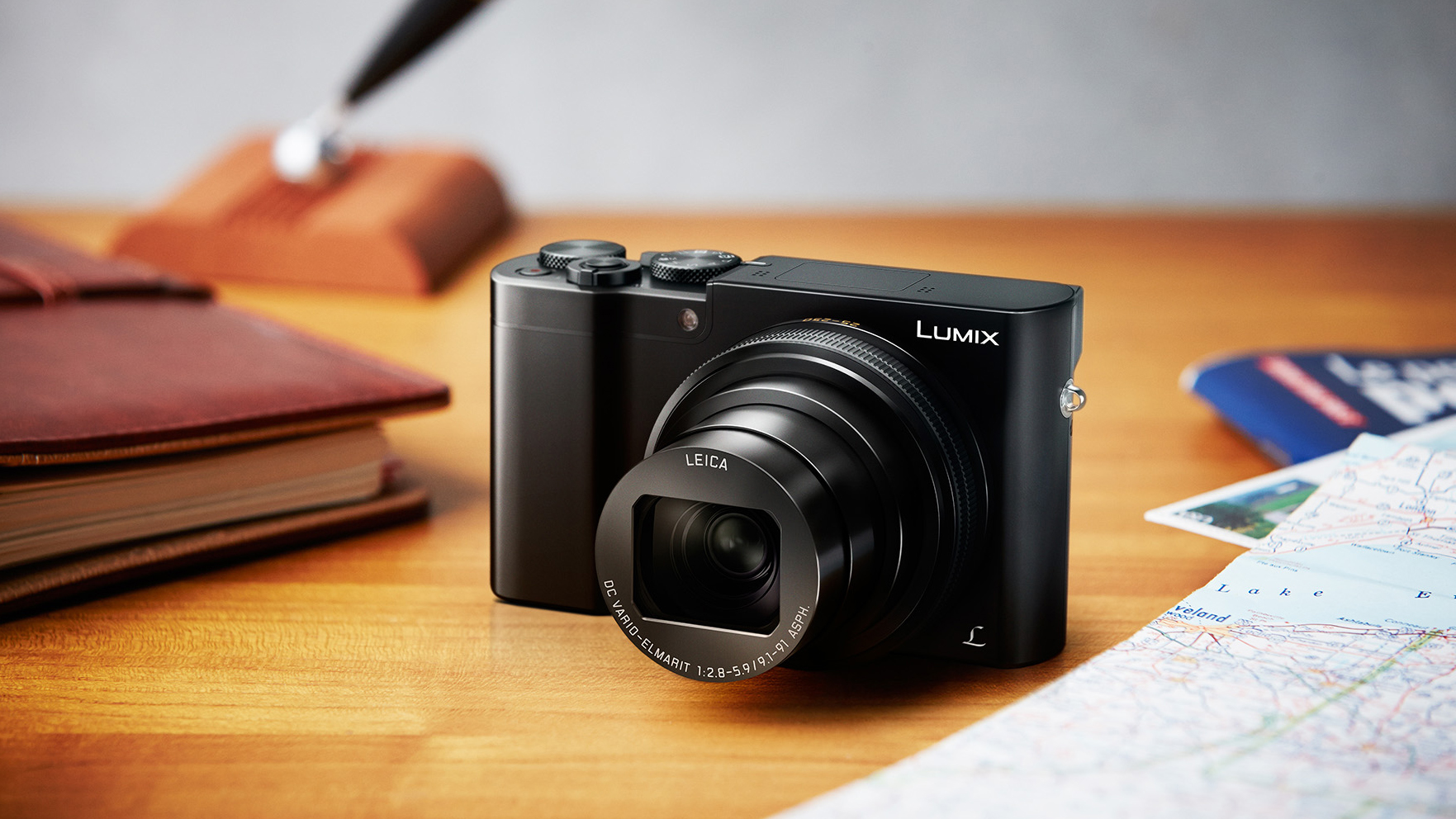What camera should I buy? Here is our step-by-step guide
From simple point-and-shoot compacts to full-frame DSLRs, we explain the differences

Cheap point and shoot cameras might look like an easy upgrade from a smartphone, but they have limitations of their own.
So assuming your smartphone doesn't offer the versatility you need, and that you're into decent quality stills rather than immersive action video, then a regular digital camera is the way to go.
Point and shoot compact cameras are cheap, and they come with zoom lenses and more control over exposure, white balance, focus and other settings than you'll get with a smartphone.
The zoom lens is the killer feature. Smartphones offer 'digital' zooms, but that's not the same at all, because these simply crop in on a smaller area of the picture, so you're losing resolution. Typically, a cheap point-and-shoot compact will have a 5x zoom which goes wider than a smartphone lens – handy for cramped interiors and tall buildings – and much longer, so that you can fill the frame with people and subjects when they're further away.
But the picture quality isn't necessarily better. Cheap cameras have cheap lenses, which can produce mushy definition at the edges of the frame or at full zoom, and the sensors are not much larger. Sensor size is a key factor in picture quality, as we'll see later on. Point-and-shoot cameras typically have 1/2.3 inch sensors, which are about half the size of your little fingernail, and scarcely larger than those in a decent smartphone. Forget about megapixels – the sensor size is what limits the image quality.
Pros: Versatility of a zoom lens; much more control over exposure, color and focus; easier to hold.
Cons: Quality often no better than a smartphone, sometimes worse.
Sign up for breaking news, reviews, opinion, top tech deals, and more.
Our pick... Sony Cyber-shot WX220

If you're wanting a compact camera that can do a better job than your smartphone the Cyber-shot WX220 ticks a lot of boxes, especially when you consider the extra flexibility offered by the 10x optical zoom, running from 25-250mm. Images are bright and punchy, with decent detail – ideal for sharing online or printing at typical sizes – while it's nice to see Wi-Fi connectivity included as well. The 2.7-inch screen is a little on the small side, but that does help to keep the dimensions of the camera to a pocket-friendly size. The WX220 may not have lots of bells and whistles, but what it does do, it does well.
Read the full review: Sony Cyber-shot WX220

Travel compacts, or 'long zoom' compacts, give you point and shoot simplicity but a much longer zoom to capture a wider range of subjects.
A cheap point-and-shoot compact is a relatively small step up from the camera in a smartphone, but long-zoom 'travel' compacts take their main advantage – the zoom lens – a whole lot further. A 'travel compact' is essentially a point-and-shoot camera but with a much, much longer zoom range, typically 30x.
The idea is that you have a camera that still fits in your pocket, but has such a colossal zoom range that you can photograph practically anything, from beautiful landscapes to far-off landmarks.
After all, when you go on vacation you want a camera small enough to go in a pocket so that it doesn't get in the way when you're doing other things, but versatile enough that you won't miss any once-in-a-lifetime photos.
Travel compacts have the same size sensors as point-and-shoot compacts, but this is changing, with models like the Panasonic Lumix TZ100 / ZS100 getting larger 1-inch sized sensors, while the lenses are generally better quality, quite apart from their increased zoom range. Some have more advanced exposure modes for controlling the shutter speed and lens aperture independently, and may even capture RAW files for higher-quality processing back on the computer. Some, like the Lumix TZ100 / ZS100 again, even have built-in electronic viewfinders.
If your budget can stretch to it, a long-zoom travel compact is almost certainly a better bet than a cheaper point-and-shoot model. You gain a lot and sacrifice nothing.
Pros: Massive zoom range that copes with almost any kind of subject; quality generally slightly higher than a point-and-shoot compact; may have more advanced controls.
Cons: More expensive; still uses a small sensor (with some exceptions) which limits the ultimate picture quality, especially in low-light conditions.
Our pick... Panasonic Lumix ZS100 / TZ100

It might not have the longest zoom range for a travel compact, but Panasonic's Lumix ZS100 / TZ100 is still our pick of the travel compacts. Panasonic has managed to squeeze a much larger sensor into the ZS100 (TZ100 outside the US) that enables the pixels to be about 2.4x bigger than they are in models like the ZS50 / TZ70 and this helps the ZS100 produce much higher quality images. The 10x zoom ranging from 25-250mm might look limited compared to some rivals, but the optics are decent and for general photography, you shouldn't need anything more. You also get an electronic viewfinder that makes it easier to compose images in bright sunny conditions and 4K video recording. It all adds up to be a powerful, if pricey option.
Read the full review: Panasonic Lumix ZS100 / TZ100
Current page: Step 3: What about a cheap and simple compact?
Prev Page Step 2: Should you get an action cam? Next Page Step 4: Bigger is better with a bridge camera